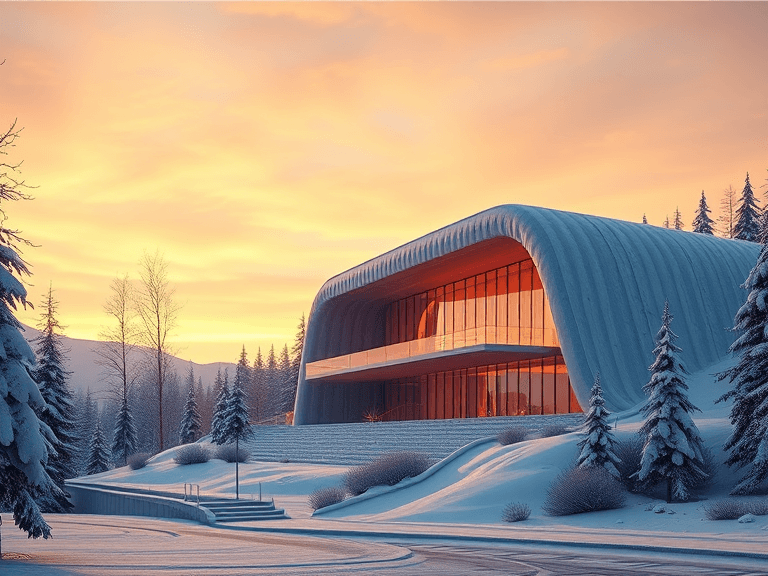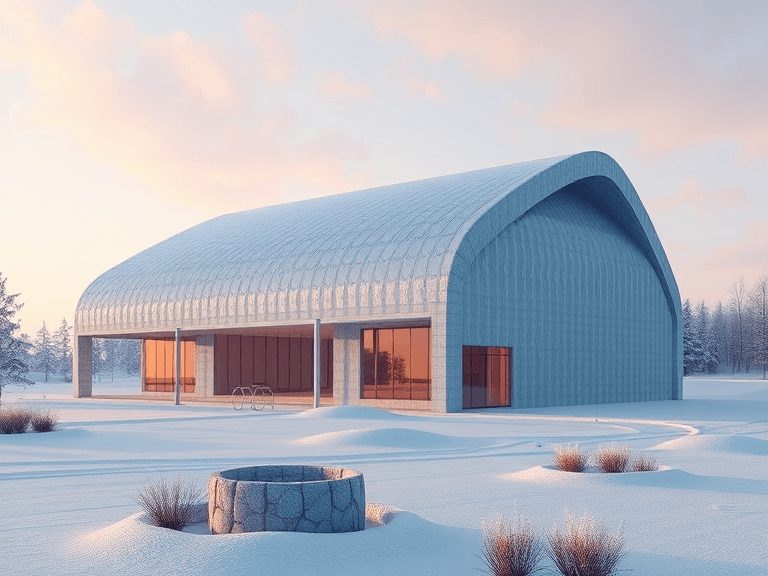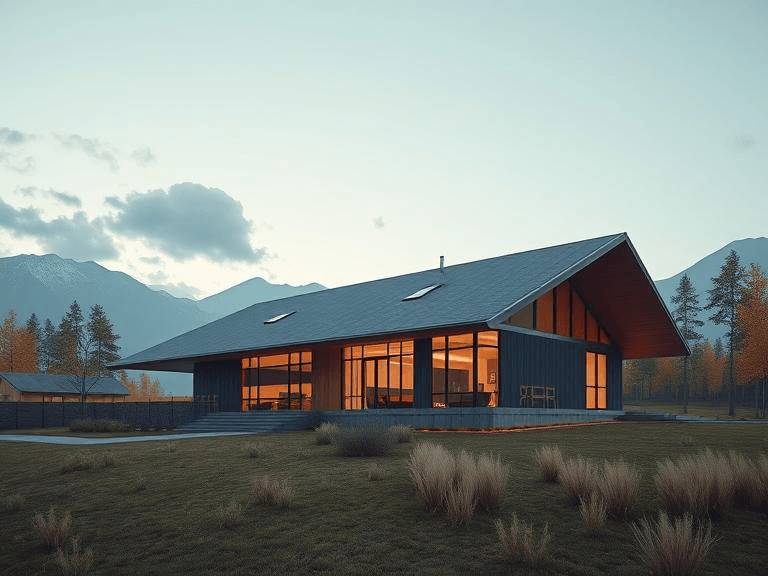
Toronto is known for its diverse climate, characterized by cold winters and significant snowfall, which pose considerable challenges to residential roofing systems. The long and harsh winters, with temperatures often dipping below freezing, create an environment where roofing ice damage problems in Toronto can thrive. Ice accumulation can lead to the formation of ice dams along the edges of roofs, preventing proper drainage and causing water to back up under shingles. This creates a potential for leaks and extensive water damage to the roofing structure.
The heavy snowfall that Toronto experiences contributes significantly to the weight placed on roofs. Accumulated snow, combined with fluctuating temperatures, can cause snow to melt during the day and refreeze at night, exacerbating the potential for ice dam formation. As the snow melts and then freezes, it creates a cycle that continually puts stress on roofing materials, leading to deterioration over time. It is vital for homeowners to recognize the interplay between snow load and temperature variations to avoid severe roof damage.
Furthermore, understanding Toronto’s climate is not only essential for recognizing potential roofing ice damage problems but also for homeowners to take proactive measures in maintaining their roofs. Proper insulation and ventilation can help regulate attic temperatures, reducing the risk of ice dams forming. Regular maintenance, such as snow removal from flat roofs after heavy snowfall, can significantly minimize hazards associated with roof ice problems. By equipping oneself with knowledge about the local climate, homeowners can implement strategies that mitigate the impact of winter weather on roofing systems, ultimately prolonging the lifespan of their roofs.
Common Types of Ice Damage on Roofs
In Toronto, the cold winter months can lead to various roofing ice damage problems that homeowners should be aware of. One of the most common issues is the formation of ice dams. These occur when melting snow on the roof flows down and refreezes at the roof’s edge, creating a barrier that prevents proper water drainage. This trapped water can then seep underneath shingles, leading to roof leaks and water damage within the home. Homeowners should look for icicles forming along the eaves or water stains on the interior ceilings as indicators of this type of damage.
Another prevalent issue is roof leaks, which can arise from various factors, including ice damming. When the water that backs up behind the ice dam starts to penetrate the roofing materials, it can find its way into the house, causing mold growth and structural problems. Signs of leaks can include wet spots on ceilings or walls, peeling paint, and a musty smell. Regular inspections of both the interior and exterior roofs can help catch this damage early before it turns into a more significant problem.
Lastly, structural damage from ice accumulation can lead to severe issues if not promptly addressed. Heavy ice buildup can create excessive weight, putting stress on the roof structure and potentially leading to sagging or even collapse in extreme cases. This type of concern is particularly relevant for older homes with roofs that may not have been designed to handle the additional loads brought by ice and snow. Homeowners should monitor their roofs for excessive ice buildup and consult with a professional if they notice any concerning signs or if structural integrity is in question.
Understanding these common types of roofing ice damage problems in Toronto is crucial for effective maintenance and ensuring the longevity of roofs during harsh winter months.

Prevention Strategies for Roof Ice Damage
In the climate of Toronto, where severe winter weather can lead to significant roofing ice damage problems, it is crucial for homeowners to adopt effective preventive strategies. These strategies can mitigate risks associated with ice accumulation and ensure the integrity of the roof throughout the winter months. One of the primary methods to prevent ice damage is improving insulation within the attic or ceiling. Proper insulation reduces heat loss, which is a significant contributor to the formation of ice dams. When warm air escapes from the living spaces into the roof area, it can melt snow on the roof, leading to runoff that refreezes at the eaves, creating ice dams and thereby risking potential damage.
In addition to insulation improvements, maintaining proper ventilation in the attic is essential. Effective ventilation allows cold air to enter and circulate, keeping the roof cold and helping to prevent the melting and refreezing process. Homeowners should ensure that their vents are unobstructed and functioning correctly to maximize their effectiveness. Another key preventative measure is to perform regular maintenance on the roof. This includes clearing gutters and downspouts of debris to allow for proper drainage. Blocked gutters can trap water and exacerbate the formation of ice dams, which can lead to leaks and further roofing ice damage problems.
Moreover, homeowners can also consider the installation of heating cables, known as heat tape, along the edges of the roof and in gutters. These cables help melt snow and ice, promoting proper drainage and reducing the likelihood of ice dam formation. Proactive measures, like addressing these areas, can significantly reduce the risk of ice-related roofing problems, allowing homeowners to prepare effectively for winter conditions and preserve the life of their roofing systems.
What to Do If You Experience Ice Damage
If you suspect or discover roofing ice damage problems in Toronto, it is crucial to act promptly to mitigate further issues. The first step is to conduct a thorough inspection of your roof. Look for visible signs of damage, such as sagging, missing shingles, or ice dams. However, if you are not comfortable climbing onto your roof or if the damage appears severe, it is advisable to seek professional assistance. Roofing experts can conduct a comprehensive assessment and identify underlying problems that may not be readily visible.
Once you have confirmed the presence of ice damage, consulting with a qualified roofing contractor is essential. These professionals can provide you with detailed insights into the nature of the damage and recommend appropriate repair options. Depending on the severity, repairs may range from replacing damaged shingles to addressing structural issues. In some cases, the installation of an ice and water shield may be recommended to prevent future roofing ice damage problems in Toronto.
In addition to repairs, understanding your insurance coverage is critical. Review your homeowner’s insurance policy to ascertain whether it covers roof damage caused by ice-related incidents. When filing a claim, it is important to document the damage thoroughly. Take clear photographs and keep records of all communications with your insurance provider. This documentation will support your claim and expedite the process of receiving compensation for the repairs needed.
After addressing the immediate issues, consider preventive measures to combat future ice damage. Regular maintenance, such as cleaning gutters and inspecting your roof for weak spots, can significantly reduce the risk of recurring problems during harsh winter months. Implementing these steps can help ensure the longevity of your roof and preserve your home’s structural integrity.


